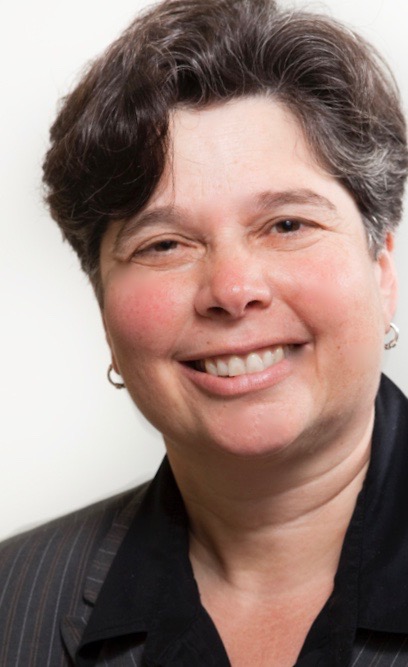Date: August 26th, 2019
By: Guest Blogger

Guest Blog Post by Kim Westheimer
While gender diversity is not a new thing, the way we talk and think about gender continues to rapidly evolve. If you teach puberty or other health education classes, you may have many questions about how best to be gender-inclusive with students:
“How should I talk about bodies and gender?”
“What is an appropriate way to be inclusive of transgender students?”
“Do I have to completely change my curriculum to be inclusive?”
“What are the tradeoffs of having instruction intended just for boys or just for girls?”
In order to address these kinds of questions, Gender Spectrum has created a new resource, Principles of Gender Inclusive Puberty Health Education. Designed to supplement existing course materials, these principles affirm all young people in their path to adulthood while attending to the experiences of transgender and nonbinary students who might otherwise feel excluded.
Without access to gender-inclusive puberty education, many students are left to believe that they are alone as they struggle to make sense of rapidly changing bodies and feelings.
Using the key concepts in this guide, educators can provide young people with accurate information to make healthy, informed decisions about their bodies and their relationships. This includes age-appropriate ways of understanding the diversity of human experiences that exist in every school and community.
Interested in learning more? Register for the half-day Pre-Conference Institute, “Gender Inclusive Reproductive Health and Puberty Education: A Framework for Educators,” at #HealthyTeen19.
The pre-conference session will introduce five key principles that are in Gender Spectrum’s Principles of Gender Inclusive Puberty Health Education, as well as research and rationale for a gender-inclusive approach. Attendees will engage in interactive activities to gain confidence in language and strategies to integrate these principles into existing curriculum. While puberty education is associated with younger grades, this content will also be relevant to educators who work with middle and high school students in school and community settings.
Kim Westheimer has led LGBTQ youth initiatives for the past 25 years, working with local, state, and national governmental organizations and nonprofits to make schools and other institutions more welcoming of LGBTQ youth. Leveraging the power of grassroots activism, community leaders, and research has been critical to her work.
Notice: Undefined variable: citation in /var/www/html/wp-content/themes/JointsWP-CSS-master/parts/loop-single.php on line 49
Deprecated: get_the_author_ID is deprecated since version 2.8.0! Use get_the_author_meta('ID') instead. in /var/www/html/wp-includes/functions.php on line 4719


